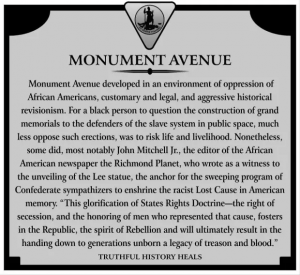A word on how to interpret the weekly groupings of readings:
Each week’s reading combines theory, criticism, and aesthetic texts. Your goal is to synthesize the readings. How do they relate to one another? What notion of a technology of the text emerges from each week’s readings? Consider the aesthetic texts or philosophy (if appropriate). This involves speaking synthetically but also working with individual texts and specific passages. Familiarize yourself with the text with notes, marks, etc that enable you to move around in the text. At the beginning of each class every student will summarize their posted discussion which highlights and addresses the reading material. Our discussion will thus be in part structured by the interests of the class. The first thing we shall always do in our discussion is to articulate the argument of the criticism/theory through examination of relevant passages. Each class period will contain a 15 minute break at approximately 8:30. Following break, I will give a short lecture.


